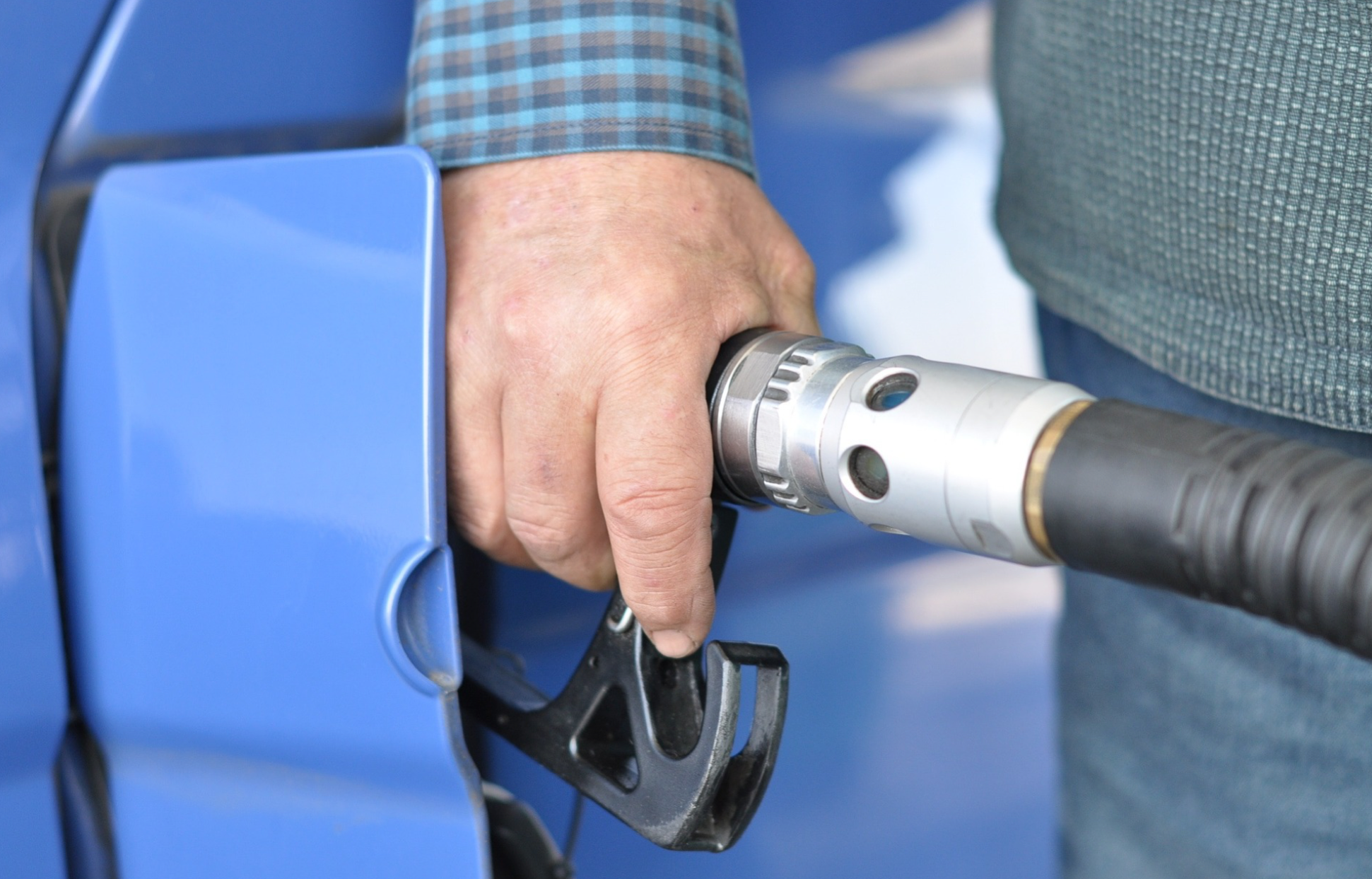Better Roads Yes, Blind Tax Hikes No: Maintaining Balance in Ohio’s Gas Tax Debate
Mar 20, 2019 Ohio must maintain its roads. Good streets, highways, and bridges are the arteries of commerce, carrying the lifeblood of industry, labor, and leisure needed for a healthy economy. Everyone agrees.
Ohio must maintain its roads. Good streets, highways, and bridges are the arteries of commerce, carrying the lifeblood of industry, labor, and leisure needed for a healthy economy. Everyone agrees.
But Ohio pays for its roads and transportation infrastructure largely with taxes imposed on gasoline. By using gas taxes to fund road maintenance, Ohio has wisely adopted a user-fee structure that ensures that gasoline taxes are spent on their intended purpose—roads—and those that use the roads are also the ones paying for most of the upkeep. Smart.
To improve state roads, Governor DeWine has proposed raising the state’s gas tax by 18 cents per gallon—an increase that may or may not prove affordable for Ohioans. Before accepting Mr. DeWine’s proposal, the General Assembly must do its due diligence and determine whether raising the gas tax by 18 cents per gallon is really right for Ohio and how such a tax increase can be offset elsewhere so that families and businesses don’t shoulder an even greater tax burden.
Although the transportation budget is separate from the biennial budget, the size and effect of the proposed per gallon tax hike requires policymakers to look at the full fiscal picture here. State tax rates have been cut over the past 15 years, but Ohio’s local taxes still rank 10th highest as a percentage of income according to the Ohio Department of Taxation, and gasoline taxes disproportionately affect the lower income earners and families. That means that any gas tax increase must be offset by other spending or tax cuts.
Senate President Obhof and Senate Transportation Committee Chairman Rob McColley are actively looking for such offsets—and should be applauded for asking the hard questions and searching for even harder answers before just agreeing to pay more at the pump.
To those who contend that offsets are unnecessary or impossible to achieve, we suggest looking at income or sales tax reductions, expanding the Earned Income Tax Credit, or any number of the pork-laden spending projects and programs that The Buckeye Institute identified in its Piglet Book and capital budget report. Additionally, policymakers should consider:
- Eliminating the prevailing wage law that drives up the cost of construction across the state.
- Using local resources—not state tax dollars—to address local public transportation challenges.
- Reserving federal gas tax dollars for roads, highways, and bridges.
- Using the General Revenue Fund to help pay for mass transit.
In striking the right balance between taxes and necessary infrastructure, policymakers should not make Ohioans pay more in taxes than they already do today. Reprioritize state spending. Reduce taxes elsewhere. Rethink government waste. Those are the alternatives to a straight-up gas tax hike that must be seriously weighed and considered.
President Obhof and the Ohio Senate are right to resist taking the easy road and should continue taking the high road in this debate, fighting for Ohio families instead.
Greg R. Lawson is the research fellow at The Buckeye Institute.
Piglet Book® is a registered trademark of Citizens Against Government Waste and is used with their permission.

